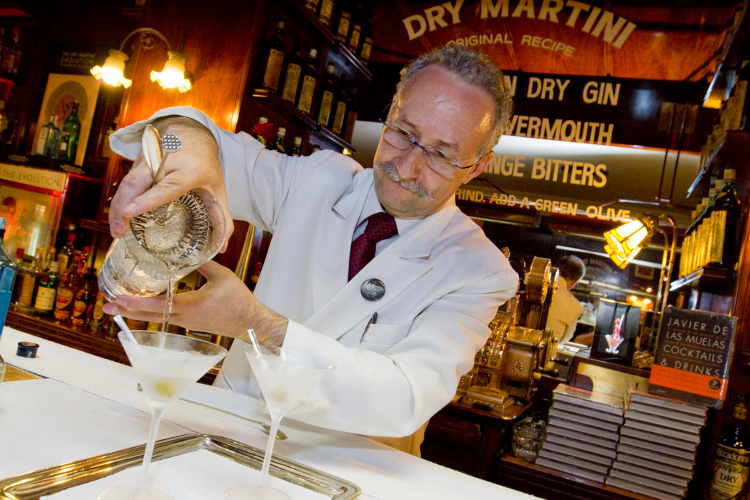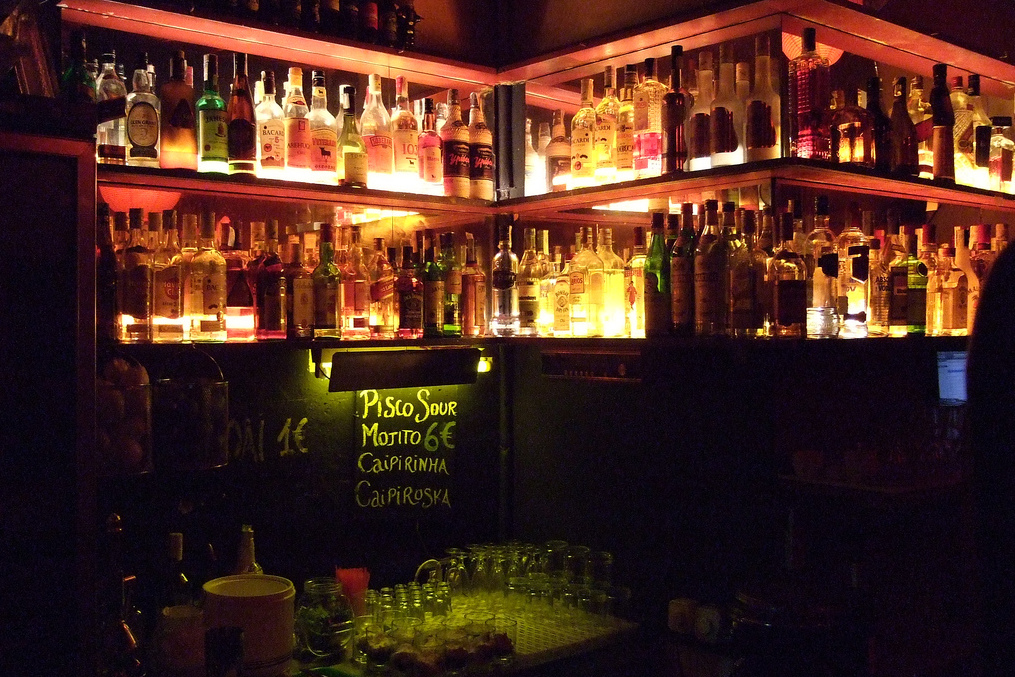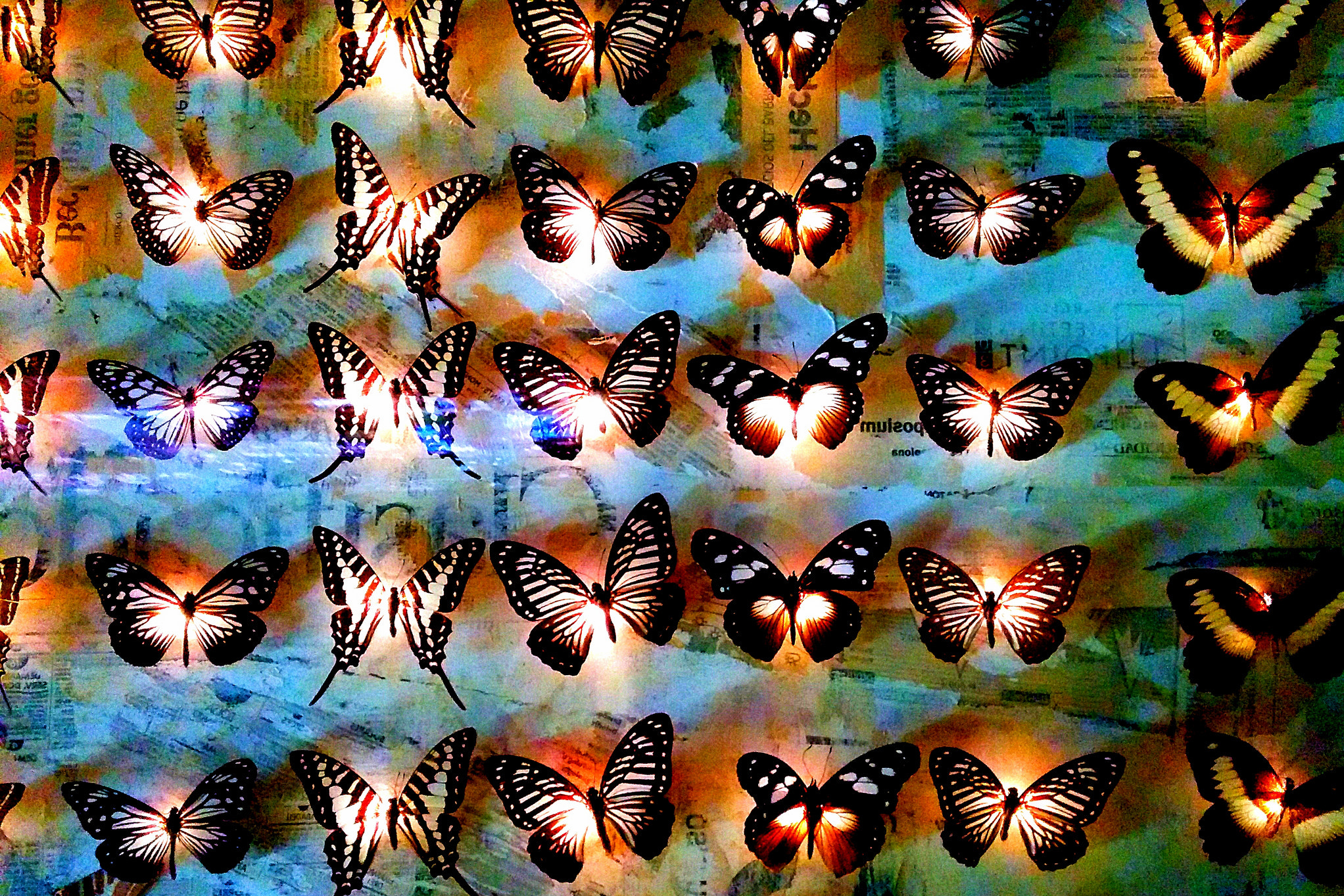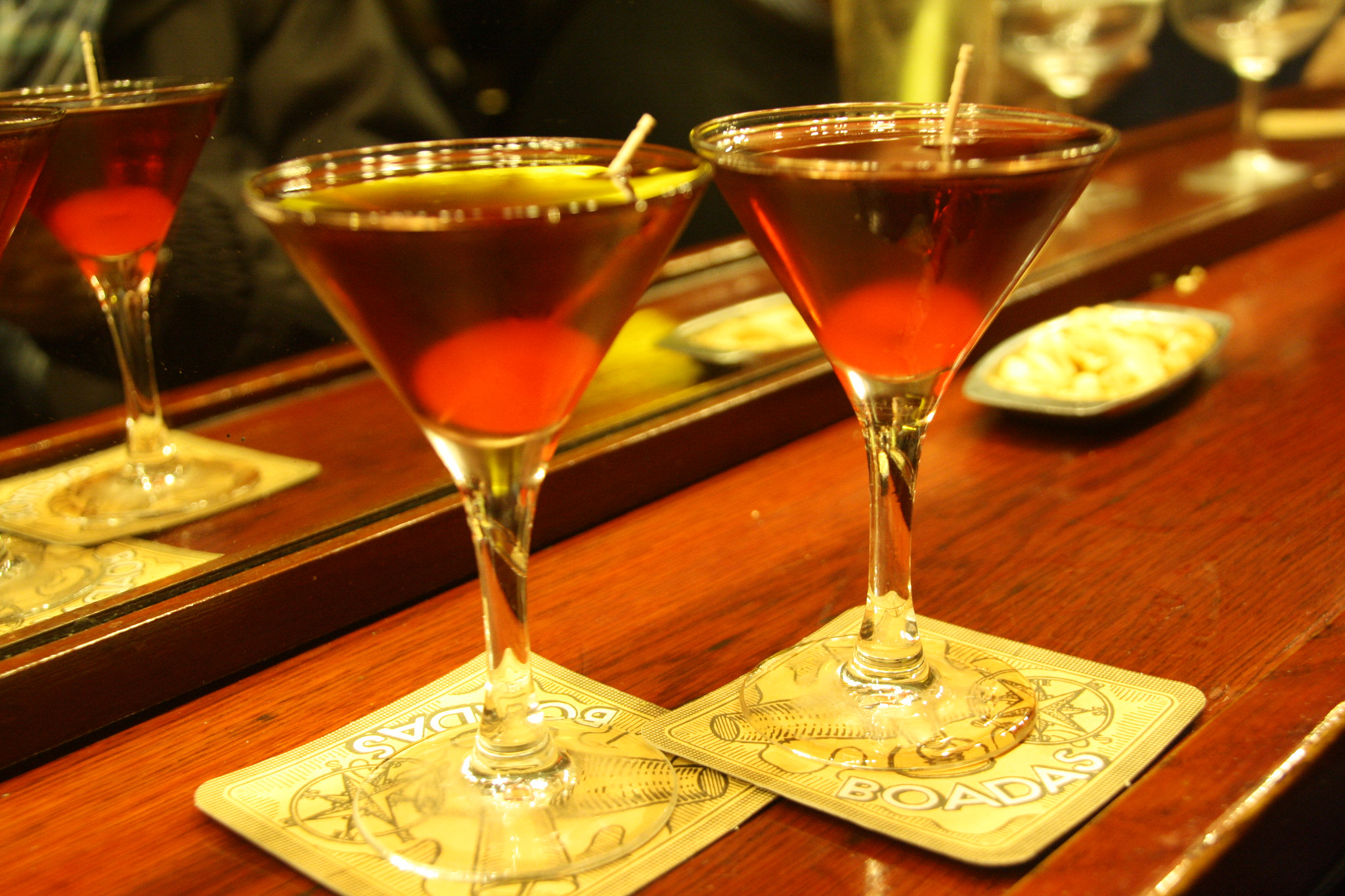A few things to bear in mind: if you head out much before 9.30pm, you’ll be drinking alone, and forget the notion of rounds – in all but tourist joints (where you pay as you go), you’ll pay up at the end. A Spanish peculiarity is the system in pintxo (tapas on a slice of bread, held in place with a toothpick) bars, whereby you help yourself, but keep the toothpicks on your place and they are tallied up at the end. In most bars it’s perfectly fine to throw your screwed up napkins (which are more like cigarette papers, anyway, and about as absorbent) on the floor, along with your olive pits.

Though Catalunya doesn't really have a tapas tradition, it has a handful of de tota la vida ('life-long') bars that are as good as any you will find elsewhere in Spain. La Plata has been around forever, with a simple combination of fried fish, tomato salad and sausages. That’s it – but if it ain’t broke… Bar Celta, nearby, is a cheery, well-lit place that specialises in Galician tapas including gammon and octopus.
The best loved of all might be the tiny Quimet i Quimet, where those behind the bar have as much space as those in front of it, but all that is all forgiven in the face of the elaborate montaditos (tapas on a slice of bread) made to order. De Tapa Madre is less of a gourmet proposition, but the tapas are still tasty and the atmosphere is never short of lively.
The wine served in regular bars tends not to be the most exciting, but there are an increasing number of wine bars rising to meet the demand, along with some old-timers such as La Vinya del Senyor. Facing the facade of the handsome Santa Maria del Mar church, it is mostly terrace, though you might get lucky with a table upstairs. The opening of futuristic Monvínic heralded a brave new world of wine-tasting, and is probably the best in the city if you don’t find the technology (even the wine list is on a tablet) too intimidating.
Viblioteca is a much smaller affair, with a delicious-smelling cheese cabinet and a handful of dishes available to accompany the wines.

Even if you're watching the euros, there's no need to go thirsty, with an ample selection of purse-friendly options with a lively, studenty atmosphere. Oviso is a long, narrow bar with huge, colourful murals that seem less garish after a beer or two, and has outdoor tables on the plaza. Polaroid, meanwhile, is a temple to the ’80s and ’90s, with TV and film memorabilia on the walls, comics papering the tables and action figurines gracing every surface.
Manchester is another rammed little bar with cheap beer that pulses to the beat from the ’80s and ’90s, but this time specifically from Manchester bands.
Barcelona also does a fine line in eccentric. An extravaganza of kitsch, Sor Rita drips with Catholic votives, pictures of the Virgin Mary, flamenco dresses, stilettos (glued on the ceiling) and plenty of leopard-skin. Can Paixano is a dusty old 'champagne bar', which has long been run on a winning formula. This basically consists of pink cava served in coupe glasses, along with obligatory bacon sandwiches and the like.

One of the more outlandish of an already impressively quirky selection, Bosc de les Fades ('Forest of the Fairies') is decked out like a shadowy indoor forest, dotted with armchairs and dimly lit tables, and complete with trickling fountain and grotto.
There is no shortage of elegant cocktail bars, either. One of the city's oldest is Boadas, which has been in business since 1933, when Miró and Hemingway used to drink here.
On the pretty little Plaça de Sant Just, Ginger is an art deco-style split-level space with a wine bar at one end and a cocktail bar at the other. It has a short list of great tapas, and an excellent music selection. Nautically clad waiters patrol the bar at Dry Martini, where the choice runs far beyond the eponymous house drink. It’s an elegant but supremely comfortable place, with green leather banquettes and yet more good music.

The latest fashion on the Barna bar scene is gin bars, but the specialist bar is nothing new. Bar Marsella specialises in absinthe, and has done since 1820, serving customers that include Hemingway (naturally) and Picasso. Despite recent renovations, little has changed at El Xampanyet , the other of the ancient cava bars (along with Can Paixano, above). It’s cheap and cheerful bubbly, and best enjoyed with the speciality of the house – a plate of fresh anchovies. One of the first to tap into the burgeoning craft beer scene, La Cerveteca stocks a good range from around the world, along with dried meats and cheese to line the stomach.
When other bars have closed, you might just be lucky enough to get into the Barcelona Pipa Club on Plaça Reial. Ring the bell at the sign of the pipe and they may let you up, into a handsome wood-panelled series of rooms, which occasionally hosts live music.
L'Ascensor doesn’t quite live up to its beautifully inviting façade but is nice enough, and often open until 3am or even later. Not for the faint of heart, Kentucky is a proper, old-time, port bar, though you won’t see many sailors here nowadays. It opens late, late, late.
There are a multitude of bars where you might catch a gig of some sort, but for its size, none has the clout of Heliogàbal, whose crimson walls have seen all kinds come and go, from folk to electronica, via jazz jam sessions. El Paraigua (‘The Umbrella’) hosts some great funk and soul acts, among others, in its brick-lined basement space (no charge, but you’ll need to buy a fairly pricey drink). They don’t start much before midnight, as a rule. Welcome to Spain.